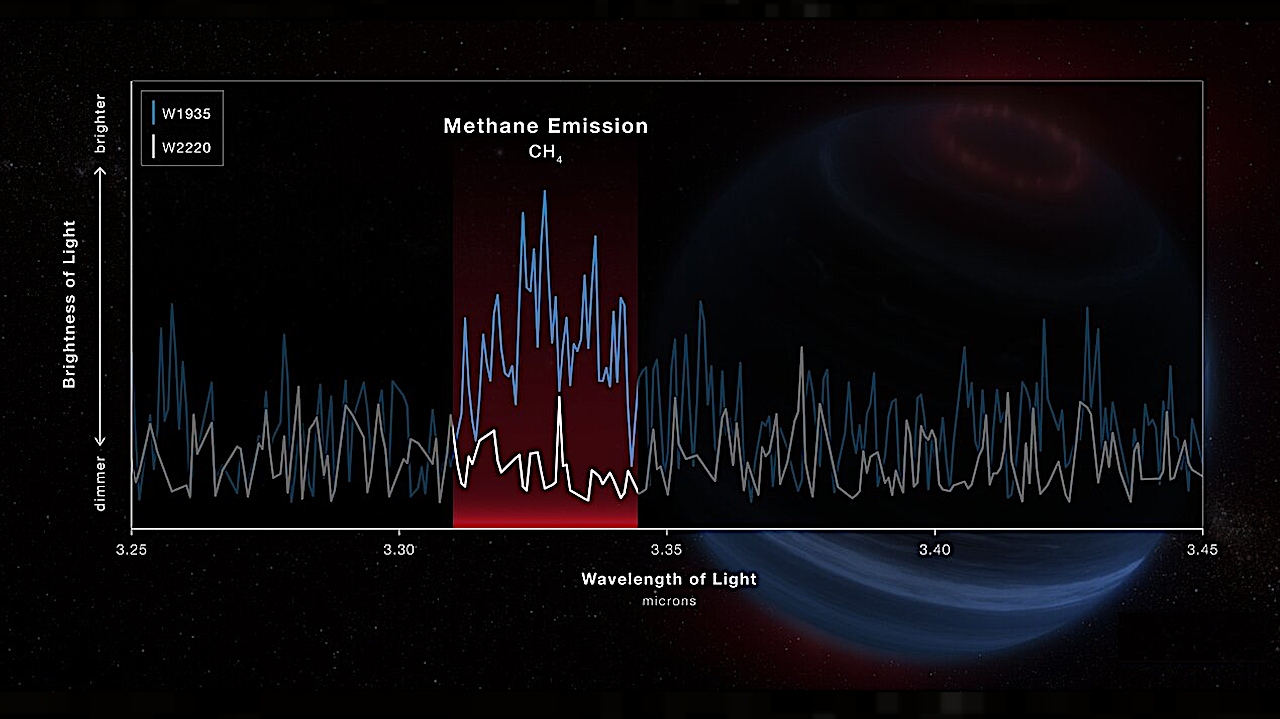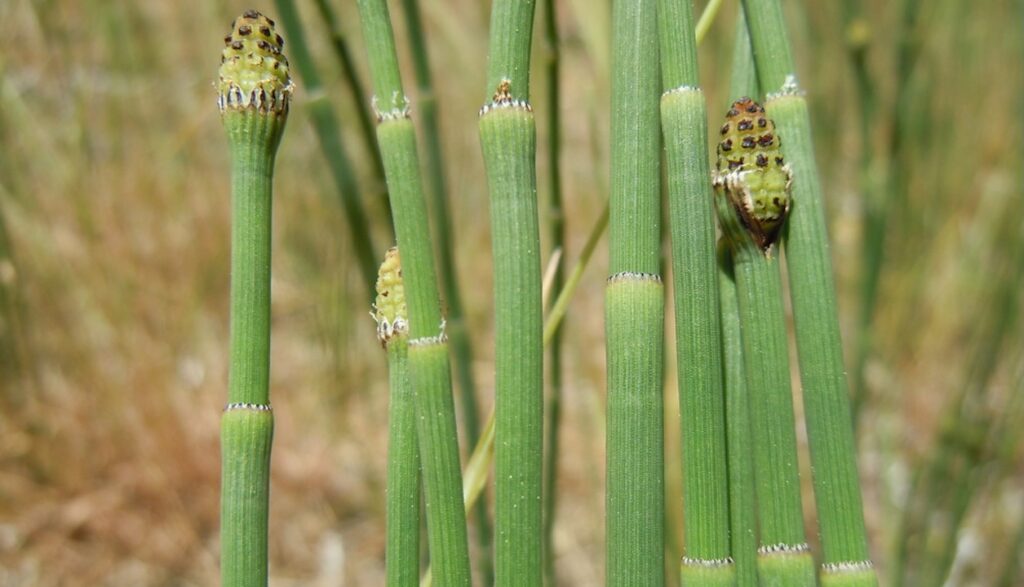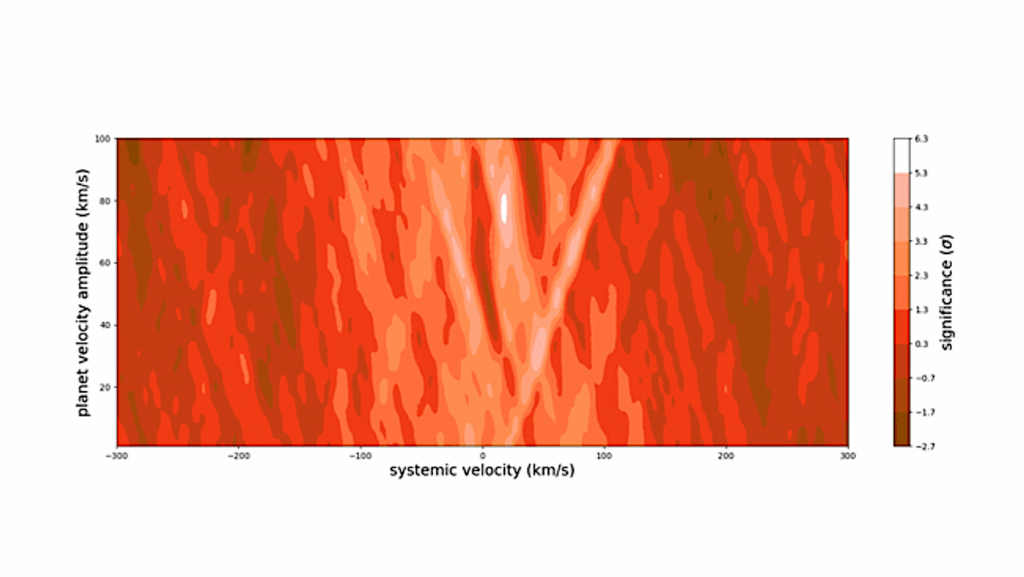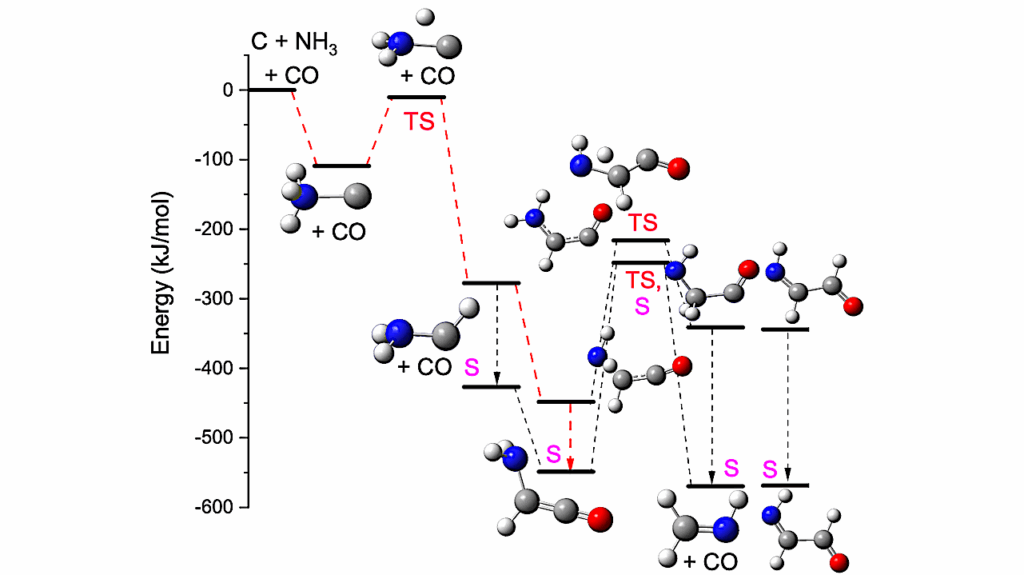Atmospheric Methane Found On Brown Dwarfs W1935 And W2220

Astronomers used the NASA/ESA/CSA James Webb Space Telescope to study 12 cold brown dwarfs. Two of them – W1935 and W2220 – appeared to be near twins of each other in composition, brightness, and temperature.
However, W1935 showed emission from methane, as opposed to the anticipated absorption feature that was observed toward W2220. The team speculates that the methane emission may be due to processes generating aurorae.
W1935 is the first auroral candidate outside the Solar System with the signature of methane emission. It’s also the coldest auroral candidate outside our solar system, with an effective temperature of about 200 degrees Celsius, over 300 degrees Celsius warmer than Jupiter.
In our Solar System the solar wind is a primary contributor to auroral processes, with active moons like Io and Enceladus playing a role for planets like Jupiter and Saturn, respectively. W1935 lacks a companion star entirely, so a stellar wind cannot contribute to the phenomenon. It is yet to be seen whether an active moon might play a role in the methane emission on W1935.
These findings were presented at the 243rd meeting of the American Astronomical Society.
Credit: NASA, ESA, CSA, L. Hustak (STScI)
Astrobiology, Astrochemistry,








